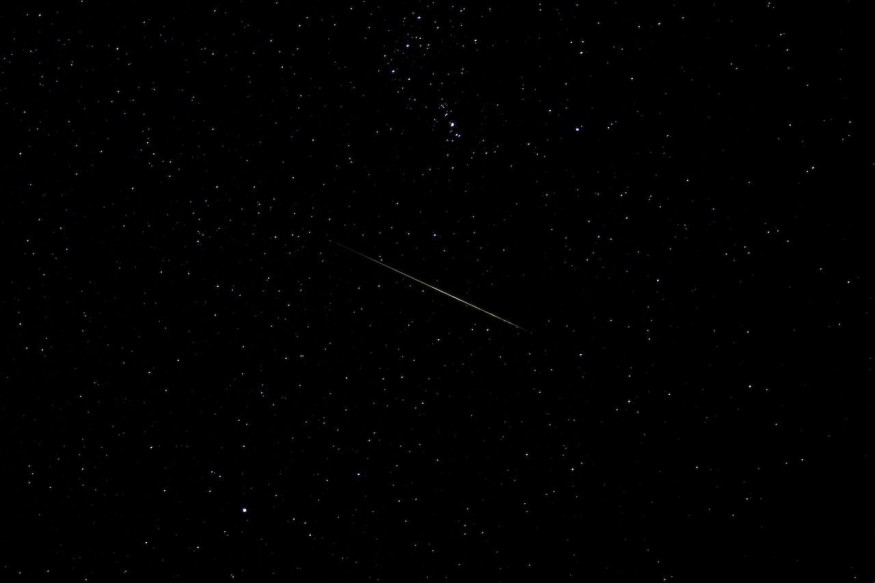
NASA has called the Geminids meteor shower one of the best and most reliable ones that take place each year.
Geminids Meteor Shower 2023 Has Started
The Geminids meteor shower came back just last Sunday. It is set to continue until December 24, with its peak happening in roughly 3 weeks from now. The meteor shower will specifically peak on December 13-14, though the shower may still be observable and visible before this season with the right conditions for observation.
From the perspective of Earth, the Geminids can be seen throughout the entire night sky. However, the meteor shower apparently originates from the Gemini constellation's direction, which is situated northeast of the Orion constellation.
The meteor shower is remarkably bright and fast. It consists mainly of white meteor showers, though red, blue, green and yellow ones are also part of the lineup.
During the meteor shower's peak season, up to 120 meteors can be seen each hour. Because of this, the Geminids stream is considered one of the strongest meteor showers that take place every year. To compare, the Leonids shower that peaked just last weekend has around 15 meteors each hour, while the Perseids peaks at 100 meteors each hour.
The discovery of the Geminids meteor shower goes back to the 18th century. The earliest Geminids showers only had 10 to 20 displayed meteors each hour. Since then, it has grown to become one of the most intense showers. It is also unique as it is among the few showers that have asteroid origins, as several other showers come from debris of comets. The majority of the Geminids' meteors come from the 3200 Phaethon asteroid. Several scientists are still baffled by how this asteroid formed a meteor shower given how several asteroids consist of rock and metal and are not impacted by the heat of the Sun.
The 2023 peak of the Geminids meteor shower will coincide with the new Moon lunar phase, which takes place on December 12. By this time, the fullness of the Moon will be 1%. Because of this, the night sky will be largely dark and will facilitate the ideal environment for a meteor shower to take place.
How To Watch Geminids Meteor Shower 2023
The meteor shower will be visible even without the help of any telescopes or binoculars. The best viewing time for the celestial sight is before dawn arrives, as the Geminids tend to begin earlier (between 9 p.m. to 10 p.m.) compared to other meteor showers. The shower is considered one of the best ones for viewers that are young.
It is ideal to view it with an open and dark view of the sky far from the city or street lights. The best position for viewing it would be to lay flat on one's back with feet directed to the south.
Check out more news and information on Space in Science Times.
© 2025 ScienceTimes.com All rights reserved. Do not reproduce without permission. The window to the world of Science Times.










